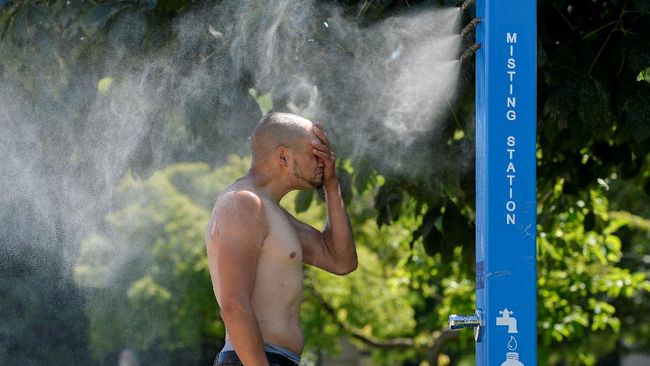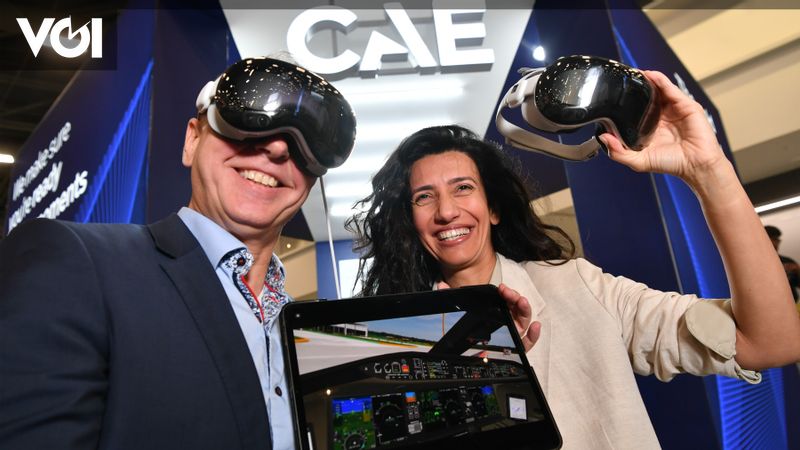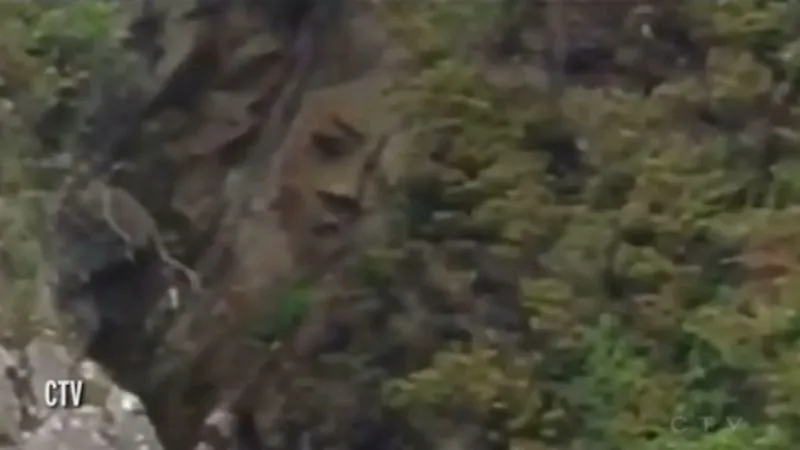The J-10 fighter jet of an air force brigade under the Southern Command of China’s People’s Liberation Army (PLA) fired rockets during a ground firing exercise, as shown in this undated photo.
OTTAWA, TUESDAY — Canadian Air Force reconnaissance planes were disrupted by flares and dangerous maneuvers by Chinese Air Force fighter jets in the waters of the East China Sea. At one point, the two planes were only five meters apart. Canada and China on Tuesday (10/17/2023) blamed each other and presented their respective claims regarding the incident.
Ottawa says the CP-140 Aurora reconnaissance plane was carrying out a mission to monitor the implementation of sanctions against North Korea over international waters. Meanwhile, Beijing accused the Canadian plane of entering Chinese airspace and carrying out espionage activities under the guise of implementing UN Security Council resolutions.
“It is clear that this is dangerous and reckless. “Such behavior is not only unacceptable and I will convey my (concerns) to the People’s Republic of China in the most appropriate manner,” Canadian Defense Minister Bill Blair told reporters in Ottawa, Canada, on Monday (10/16/2023), local time. .
Also read: China becomes bolder towards the United States and its allies
He claimed the Canadian reconnaissance plane was flying in international airspace. However, the plane was followed several times by the Chinese Air Force’s J-10 fighter jets.
In fact, during this incident, according to Canadian media journalists, Global News, who was on board the CP-140 Aurora flight, the Chinese fighter plane flew just five meters from the Canadian reconnaissance plane. Other Canadian media, Radio-Canada, adding that Chinese warplanes also fired flares several times (flares) towards the Canadian reconnaissance plane.
Journalist Global News said the incident occurred in international waters in the East China Sea. In addition to carrying journalists, the Canadian reconnaissance aircraft also carried two Canadian military officials, namely Major General Lain Huddleston, commander of the 1st Air Division, and Captain (equivalent to colonel) of the Canadian Navy Rob Watt , Canadian Defense Attaché to Japan.
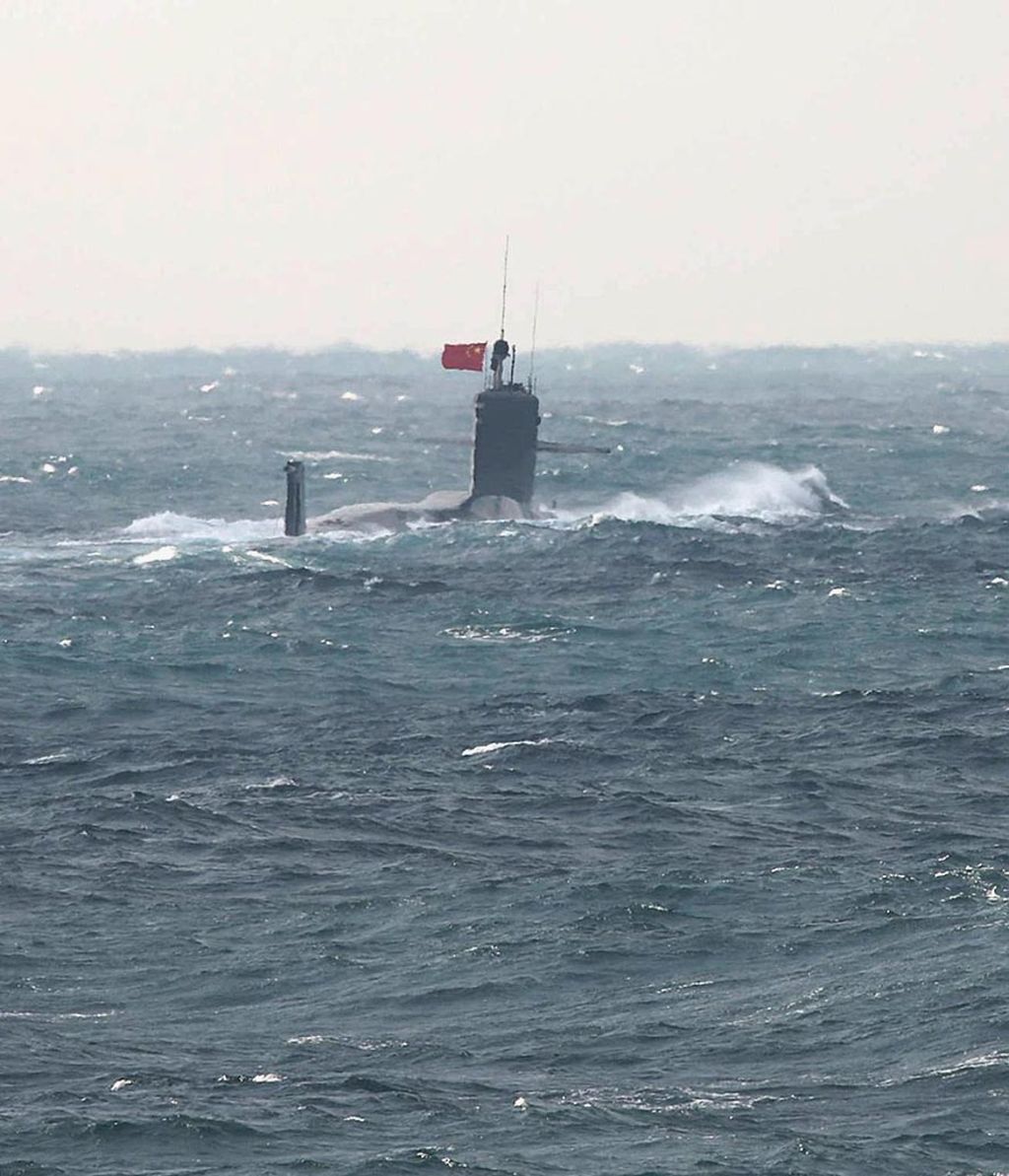
A Chinese submarine sails in the East China Sea, as in this photo taken on January 12, 2018 and released by the Japanese Defense Ministry.
The Canadian reconnaissance plane flew for eight hours during the operation. “I am very concerned about the incident that occurred. “The actions taken were extremely unprofessional,” Blair said.
Read also: South Korea-United States show of force on the Korean Peninsula
Chinese version
In Beijing, responding to journalists’ questions about the incident, Chinese Foreign Ministry spokesperson Mao Ning offered another version of Monday’s incident (10/16/2023). According to him, the Canadian military plane was intercepted because it violated sovereign territory and threatened China’s national security.
Mao said his party had lodged a protest with Canada. “A Canadian CP-140 aircraft illegally entered the airspace of Chiwei Yu, an island in China’s Diaoyu Islands, which seriously violated China’s sovereignty and threatened China’s national security,” Mau said in a press release. press briefings routine.
The Diaoyu Islands are the Chinese version of the term, referring to an island area also claimed by Japan as the Senkaku Islands.
Also read: US holds two war games around China, Beijing deploys aircraft carrier
“What is true about this incident is that Canadian military aircraft flew thousands of miles to China’s doorstep to cause unrest, and China handled the situation in accordance with law and order” , Mao said.
“Canada should respect objective facts and stop spreading false information,” Mao said. “UN Security Council resolutions have never authorized any country to deploy military forces and carry out espionage activities at sea or in the air under the jurisdiction of another country, under the guise of implementation of (UN) resolutions.”
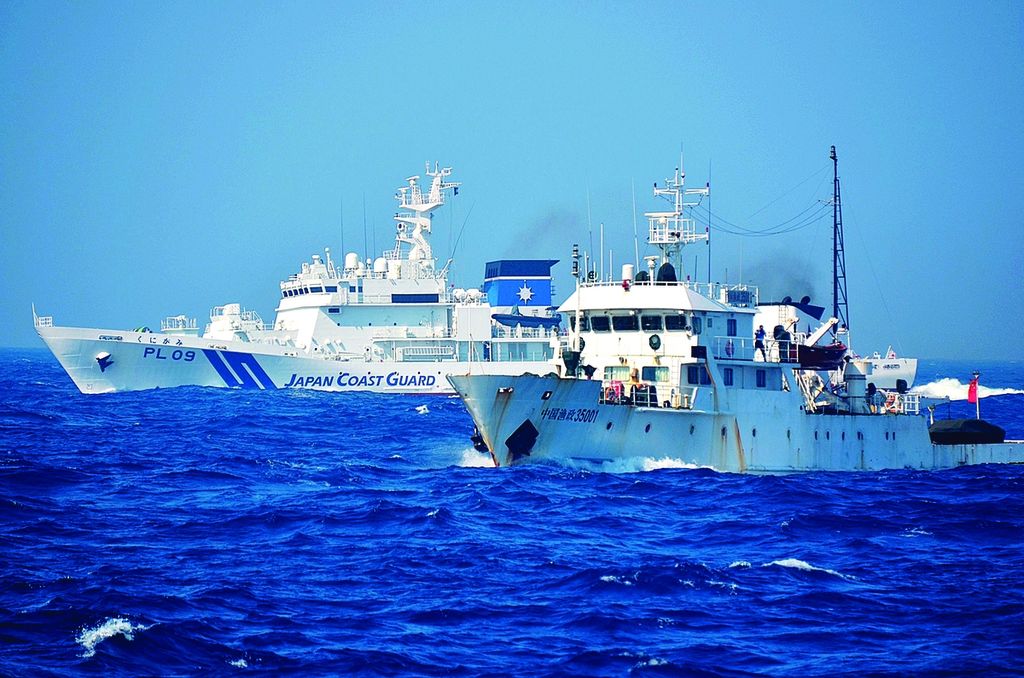
In this photo published by China’s Xinhua news agency, a Chinese patrol boat (right) is seen sailing near a Japanese coast guard vessel near the disputed islands, namely the Senkaku Islands (according to Japan) or the Diaoyu Islands (according to Japan). in China), on July 11, 2012.
This is not the first time that Canada and China have clashed over their respective air operations. Earlier, in June 2022, Canadian military aircraft accused Chinese military aircraft of disrupting surveillance missions against North Korea. On several occasions, Canadian Air Force reconnaissance aircraft were forced to leave their flight path due to interference from Chinese fighter jets.
Chinese television channel CCTV 4 broadcast the incident in Mandarin. On the Guan Cha news site in China (10/17/2023), it was reported that Chinese fighter jets launched flares (flares) to Canadian reconnaissance planes. The incident reportedly took place in the air near the Chinese coast.
Also read: China successfully “locked down” Taiwan
“Major-General Huddleston of the Canadian Air Force said the mission was targeting North Korea and taking place on international territory. I don’t know why they are doing this,” Huddleston said.
Canada released a video showing two Chinese fighter jets very close to a Canadian reconnaissance plane. The Canadian military said interceptions by Chinese warplanes were generally carried out according to the rules.
However, a Chinese fighter jet fired flares near the wing of the Canadian reconnaissance plane. The most dangerous was firing flares into the front of the Canadian reconnaissance plane, as this could endanger the flight.
Also read: Canada and China mutually expel their diplomats
The Chinese J-10 fighter was developed with Russian and Israeli technologies. At first glance, the shape of the J-10 resembles the fourth-generation Lavi fighter jet, manufactured in Israel and developed between Israel and the United States in the 1980s.
Visitors observe a J-10C fighter jet of China’s People’s Liberation Army (PLA) Air Force during the 13th China International Aviation and Aerospace Exhibition, also known as name of Airshow China 2021, in Zhuhai, south China’s Guangdong province, 28 September 2021.
On the Eurasian Times page it is stated that the development of the Lavi is based on the F-16 Fighting Falcon fighter. The Chinese J-10 is estimated to be similar in terms of avionics, composite materials and control systems.
Similarities to the Israeli Lavi design in the J-10 can be seen in the use of canard wings to help balance and maneuver the aircraft, as used in the Swedish J-36 Saab Gripen fighter and the Rafale French. However, the J-10 has a larger wing area and longer range than the Lavi. ducks with another delta wing. (Reuters/AFP)

“Travel nerd. Social media evangelist. Zombie junkie. Total creator. Avid webaholic. Friend of animals everywhere. Future teen idol.”

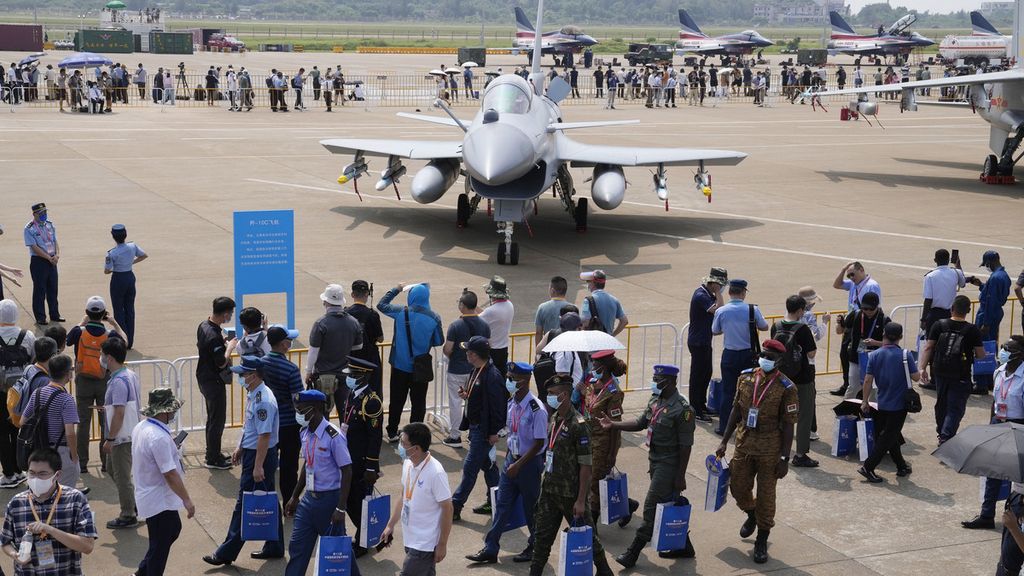

:strip_icc():format(jpeg)/kly-media-production/medias/3387188/original/007486800_1614303448-banner__1_.jpg)

